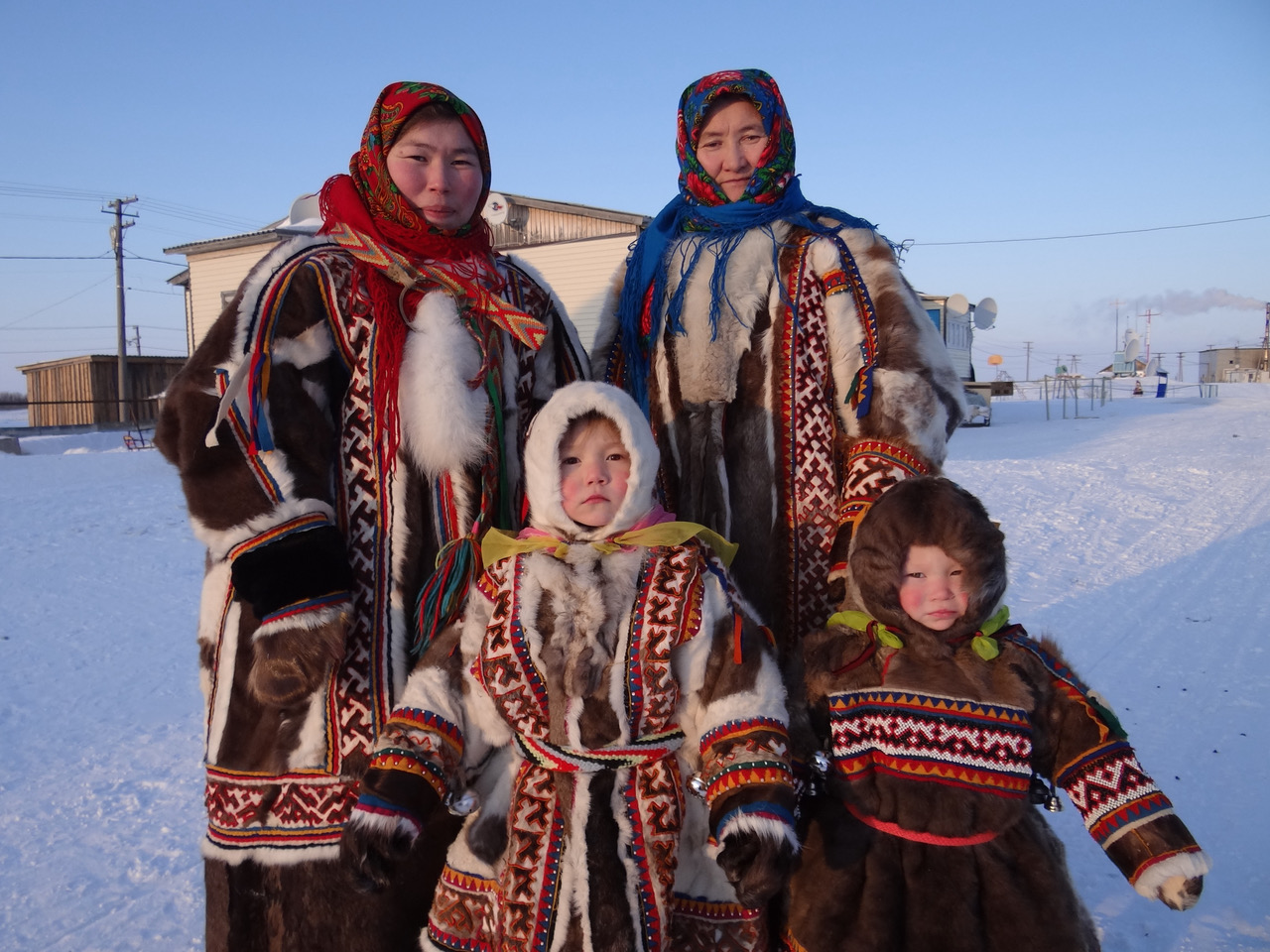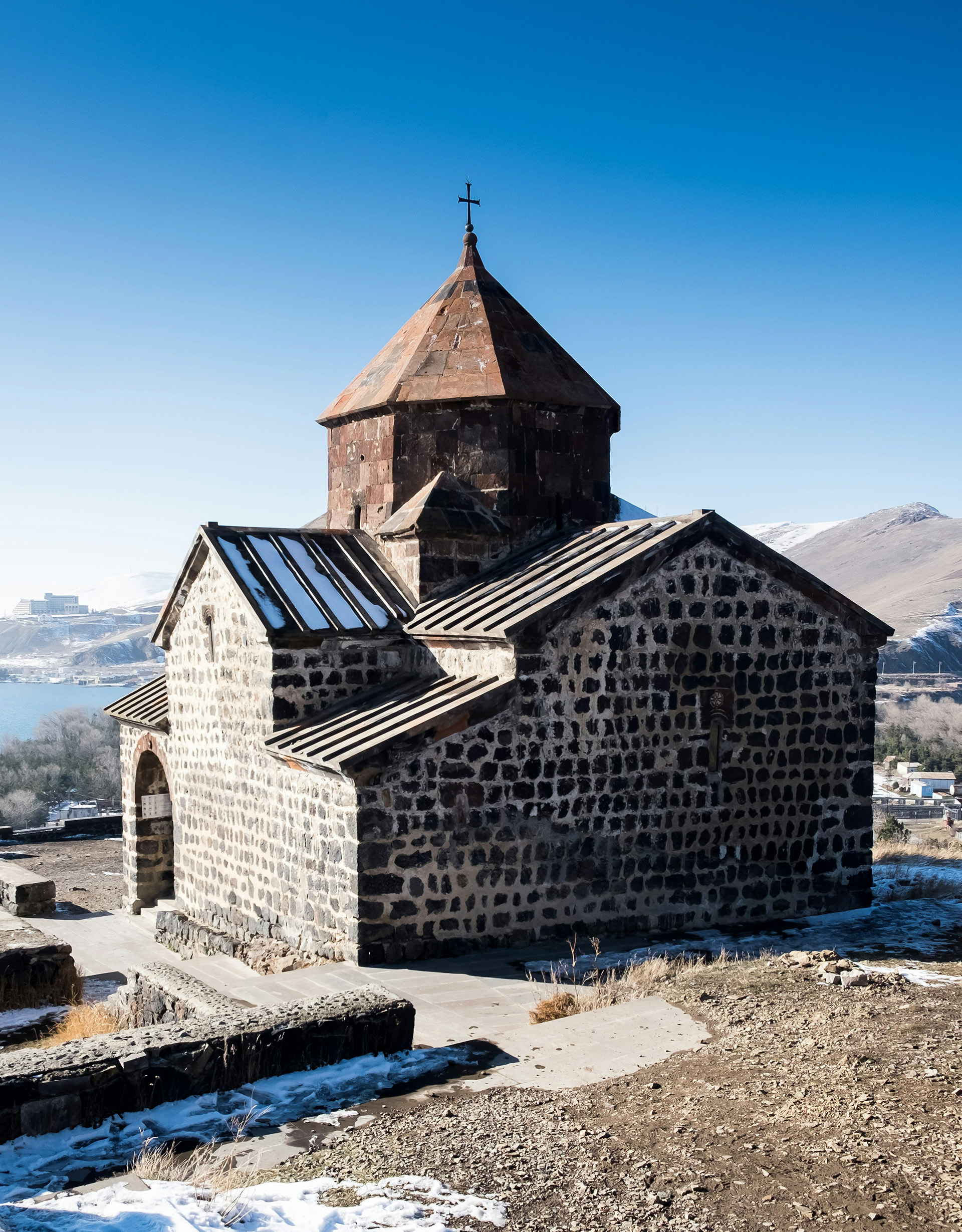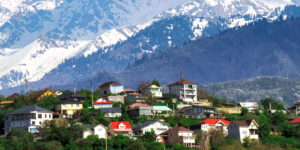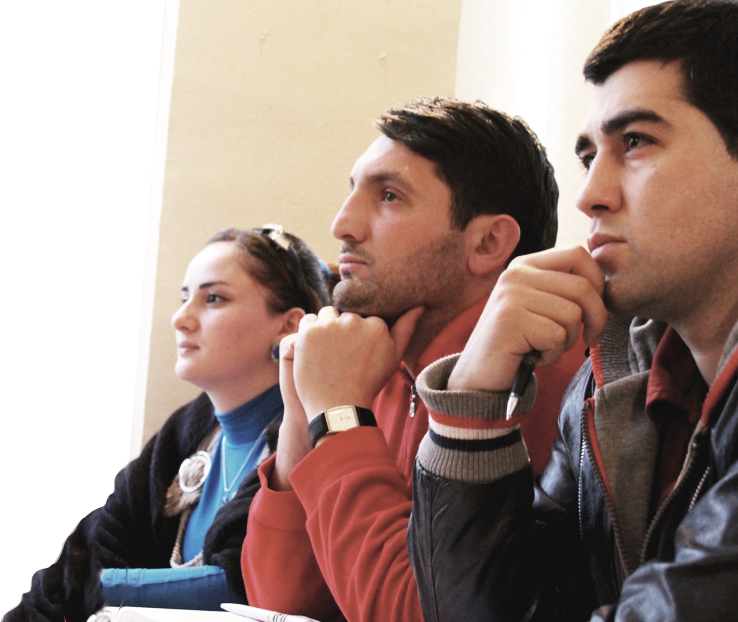Eurasia
A Look at its Diverse Cultures and Geography

"And he made from one man every nation of mankind to live on all the face of the earth, having determined allotted periods and the boundaries of their dwelling place, that they should seek God, and perhaps feel their way toward him and find him."
Acts 17:26-27 (ESV)
Eurasia stands as a testament to God's magnificent creation, representing the world's largest continental landmass and home to an incredibly diverse tapestry of peoples, cultures, and spiritual traditions. This comprehensive guide will explore the vastness of Eurasia, its significance in world history, and its crucial role in the spread of Christianity and other cultural developments.
Understanding its Vast Geographical Extent
Exploring Eurasia: Boundaries and Scale
Eurasia encompasses the entire continental area of Europe and Asia combined, stretching from Portugal in the west to Japan in the east, and from the Arctic Ocean in the north to the Indian Ocean in the south. This massive landmass covers approximately 54.9 million square kilometers (21.2 million square miles), representing about 36.2% of Earth's total land area.
Delving into the Europe-Asia Division
While Eurasia exists as one continuous landmass, traditionally it has been divided into Europe and Asia. This division, more cultural and historical than geographical, typically follows the Ural Mountains, Ural River, Caspian Sea, Caucasus Mountains, Black Sea, and Turkish Straits. This conventional boundary reflects centuries of historical development rather than any true physical separation.
Understanding its Major Regions and Their Significance
Eastern Europe
Eastern Europe represents a crucial bridge between Western civilization and the Asian expanse. This region, with its rich Orthodox Christian heritage, has played a pivotal role in preserving and spreading Christian faith and values. Countries like Ukraine, Belarus, and Russia maintain strong Christian traditions that have endured through centuries of challenges.
Central Asia
The heart of Eurasia, Central Asia, encompasses the former Soviet republics of Kazakhstan, Kyrgyzstan, Tajikistan, Turkmenistan, and Uzbekistan. This region, once part of the ancient Silk Road, represents both historical significance and modern missionary opportunities, with its unique blend of Islamic, Buddhist, and indigenous spiritual traditions.
The Caucasus Region
Situated between the Black and Caspian Seas, the Caucasus region holds special significance as one of the earliest areas to embrace Christianity. Countries like Georgia and Armenia maintain some of the world's oldest Christian communities, while also presenting opportunities for modern ministry and outreach.
Cultural and Spiritual Landscape
Religious Heritage
Eurasia's religious landscape reflects its vast diversity, from the earliest Christian communities to Islamic societies and Buddhist traditions. The region has been instrumental in the spread of Christianity, with ancient churches and monasteries dotting the landscape from Constantinople to Siberia.
Language and Ethnic Diversity
God's creation is reflected in the remarkable diversity of Eurasia's peoples, with over 100 language families and thousands of distinct ethnic groups. This diversity presents both challenges and opportunities for ministry and cultural engagement.
Understanding its Contemporary Significance
Modern Challenges and Opportunities
Today's Eurasia faces numerous challenges, including:
Secularization in many traditionally Christian areas
Religious persecution in certain regions
Political tensions affecting ministry work
Economic disparities impacting communities
However, these challenges also present opportunities for:
Christian education and leadership development
Community outreach and service
Cross-cultural ministry initiatives
Youth engagement and discipleship
Eurasia's Strategic Importance in the Global Landscape
However, these challenges also present opportunities for:
Christian education and leadership development
Cultural exchange programs
Educational initiatives
Humanitarian outreach


Eurasia in the 21st Century
Trends and Trajectories
Several key trends are shaping Eurasia's future:
Growing youth interest in spiritual matters
Increasing opportunities for Christian education
Development of indigenous church leadership
Enhanced regional cooperation in ministry
Exploring Ministry Opportunities
The region presents numerous opportunities for:
Church planting and development
Leadership training
Youth ministry
Humanitarian aid
Educational programs


Looking Towards the Future of a Dynamic Continent
Eurasia represents not just a geographical concept but a vital mission field where ancient traditions meet modern opportunities. Understanding this vast region is crucial for anyone interested in global ministry, cultural engagement, or historical Christianity. As we look to the future, Eurasia's significance in God's plan continues to unfold, presenting both challenges and opportunities for those called to serve in this diverse and dynamic region.
Frequently Asked Questions:
Related Articles
Exploring the Geography of Eurasia
Discovering Eurasia’s Steppes and Mountains “The heavens declare the glory of God, and the sky above proclaims his handiwork. Day to day pours out speech, and night to night reveals…
Read MoreUnveiling the Silk Road’s Eurasian Legacy
A Window into Ancient Trade and Civilization “How beautiful upon the mountains are the feet of him who brings good news, who publishes peace, who brings good news of happiness,…
Read MoreWhere We Serve
Where We Serve Armenia Azerbaijan Belarus Georgia Israel Kazakhstan Kyrgyzstan Moldova Mongolia Poland Turkmenistan Tajikistan Russia Ukraine Uzbekistan Get Involved Donate Now
Read More



